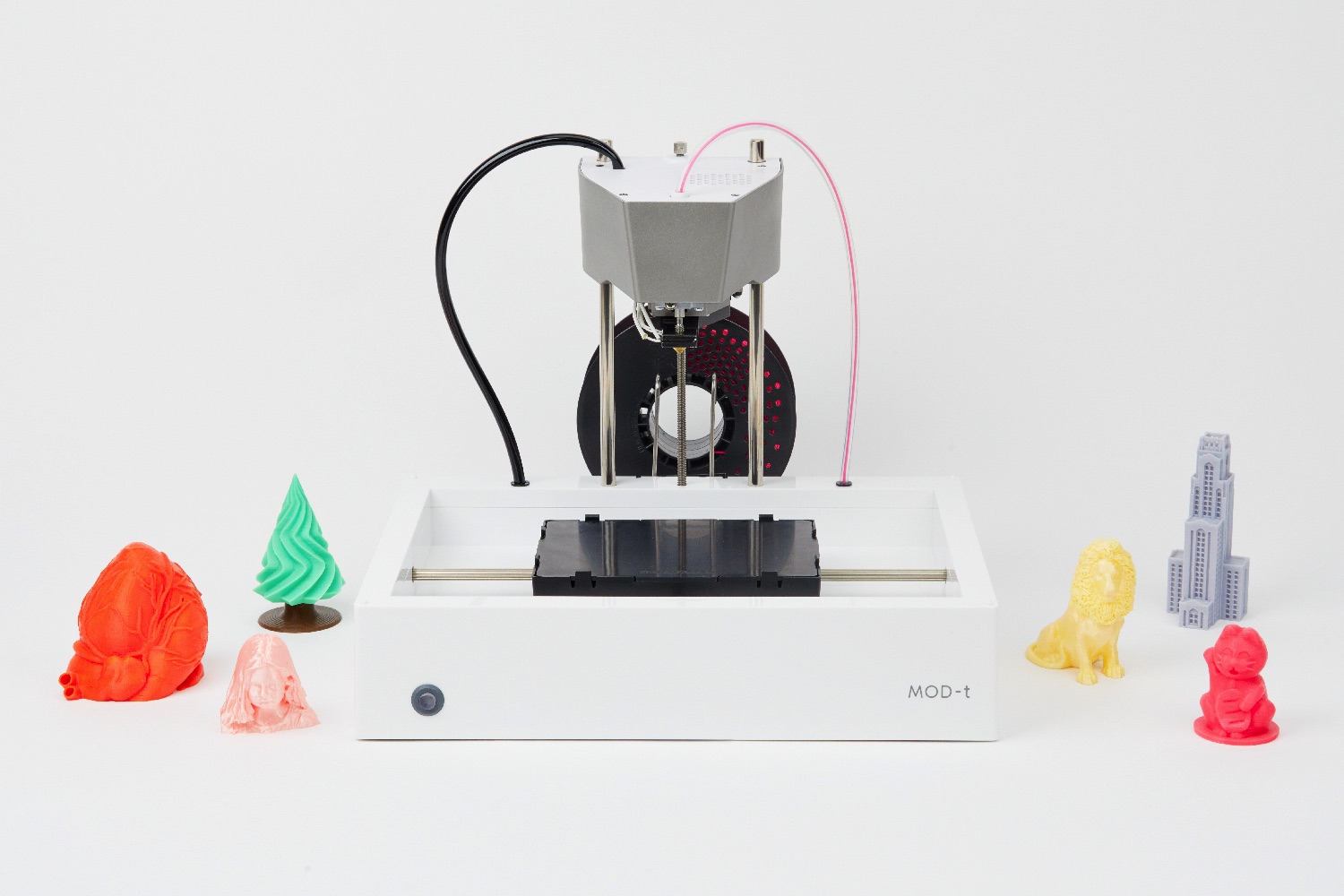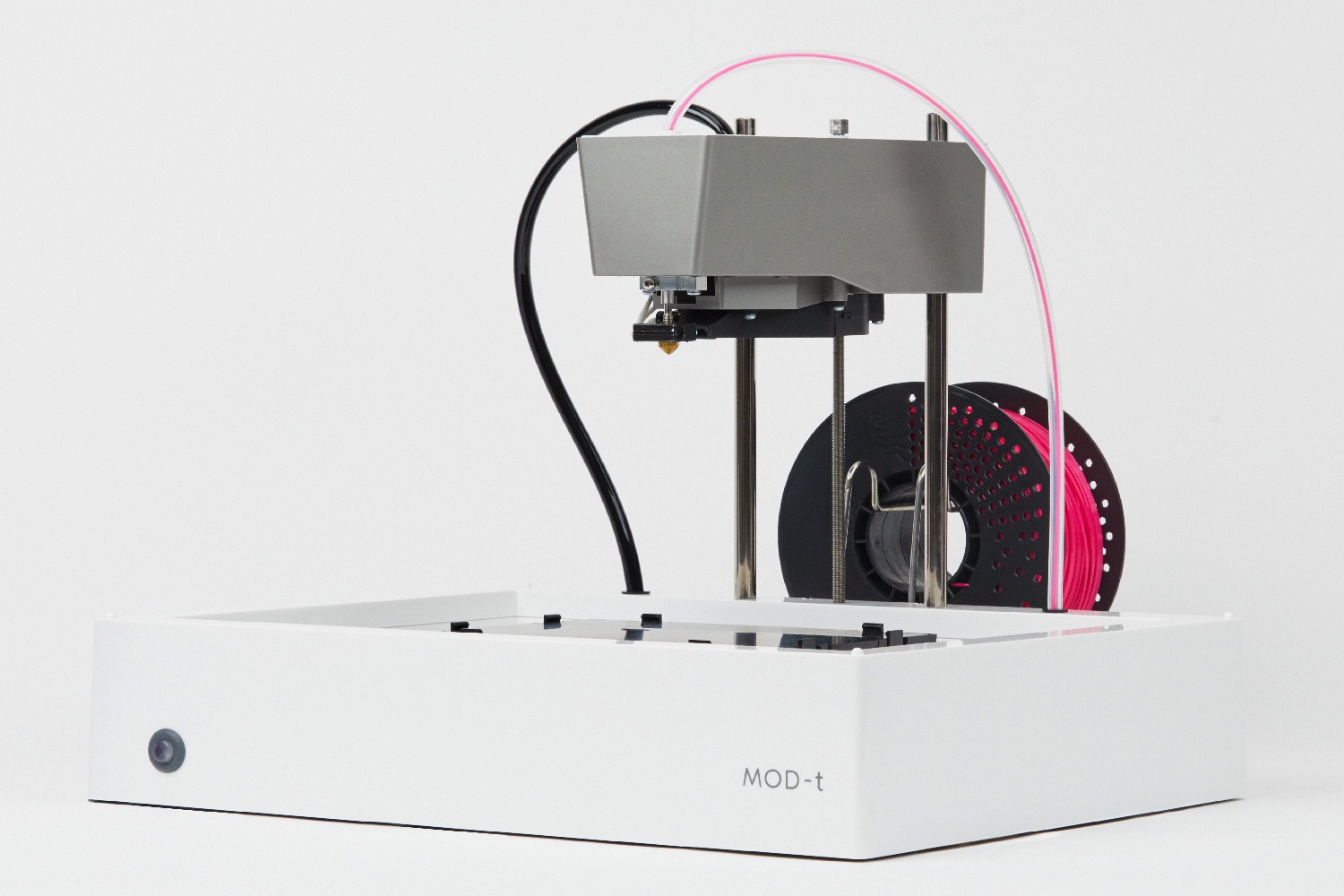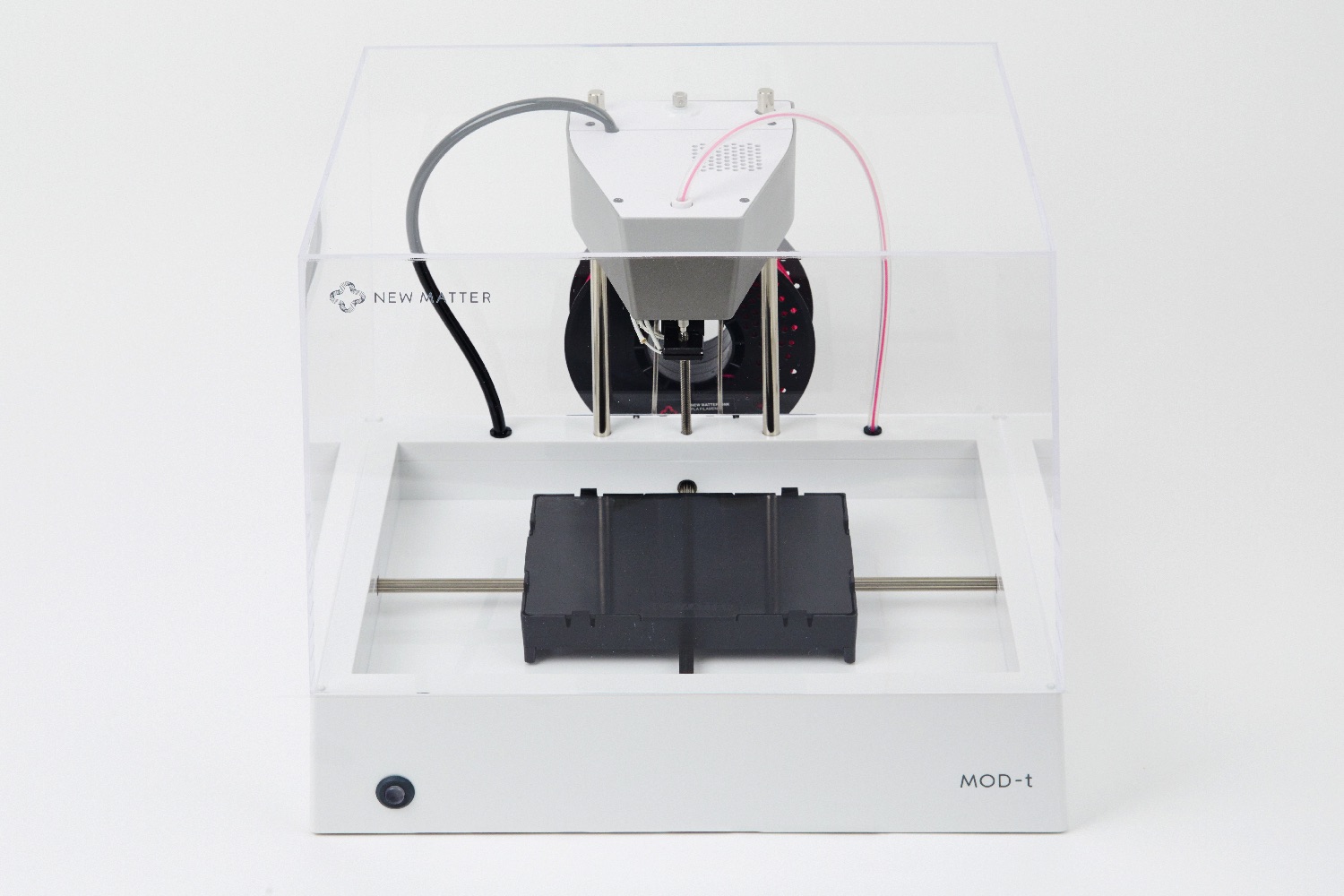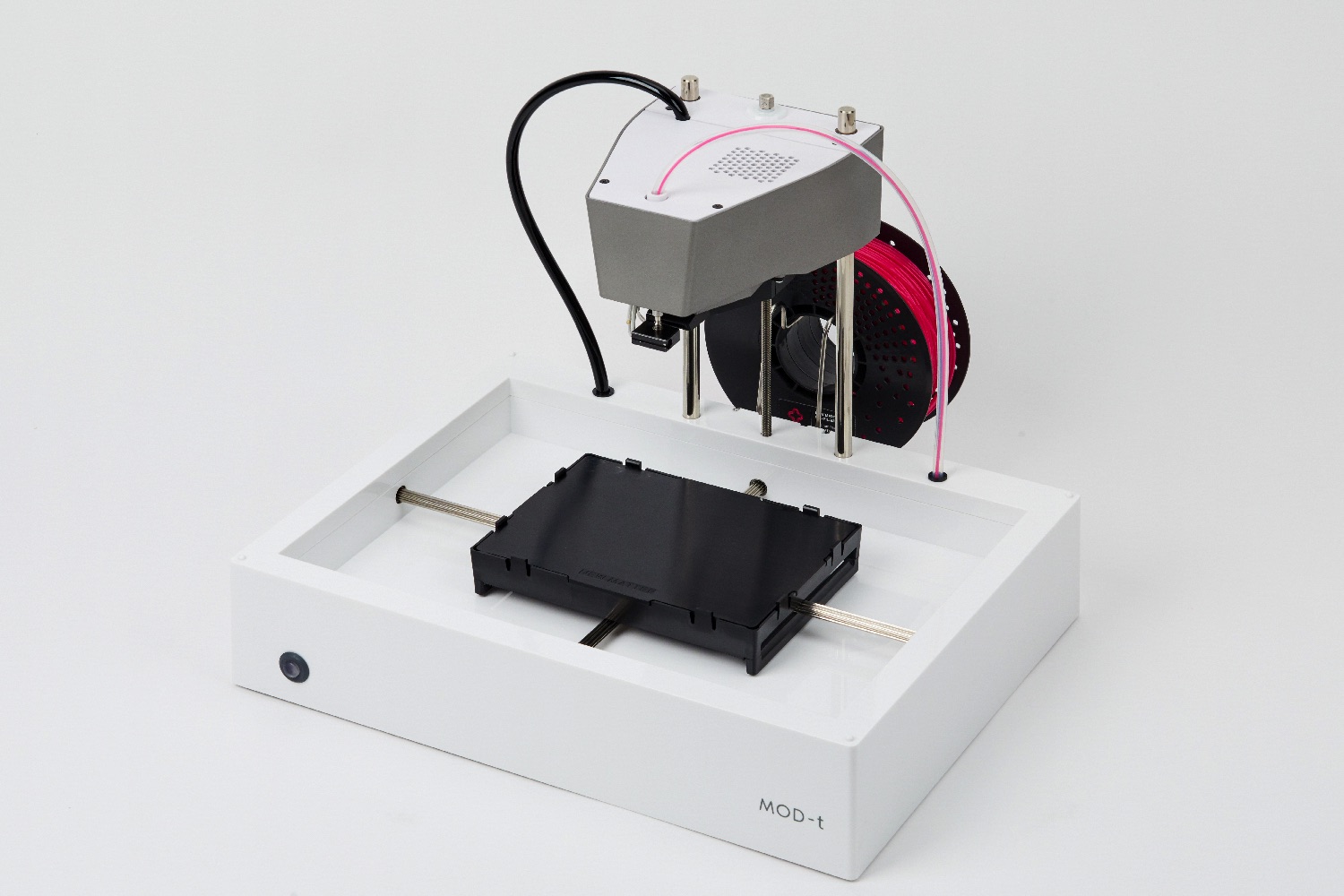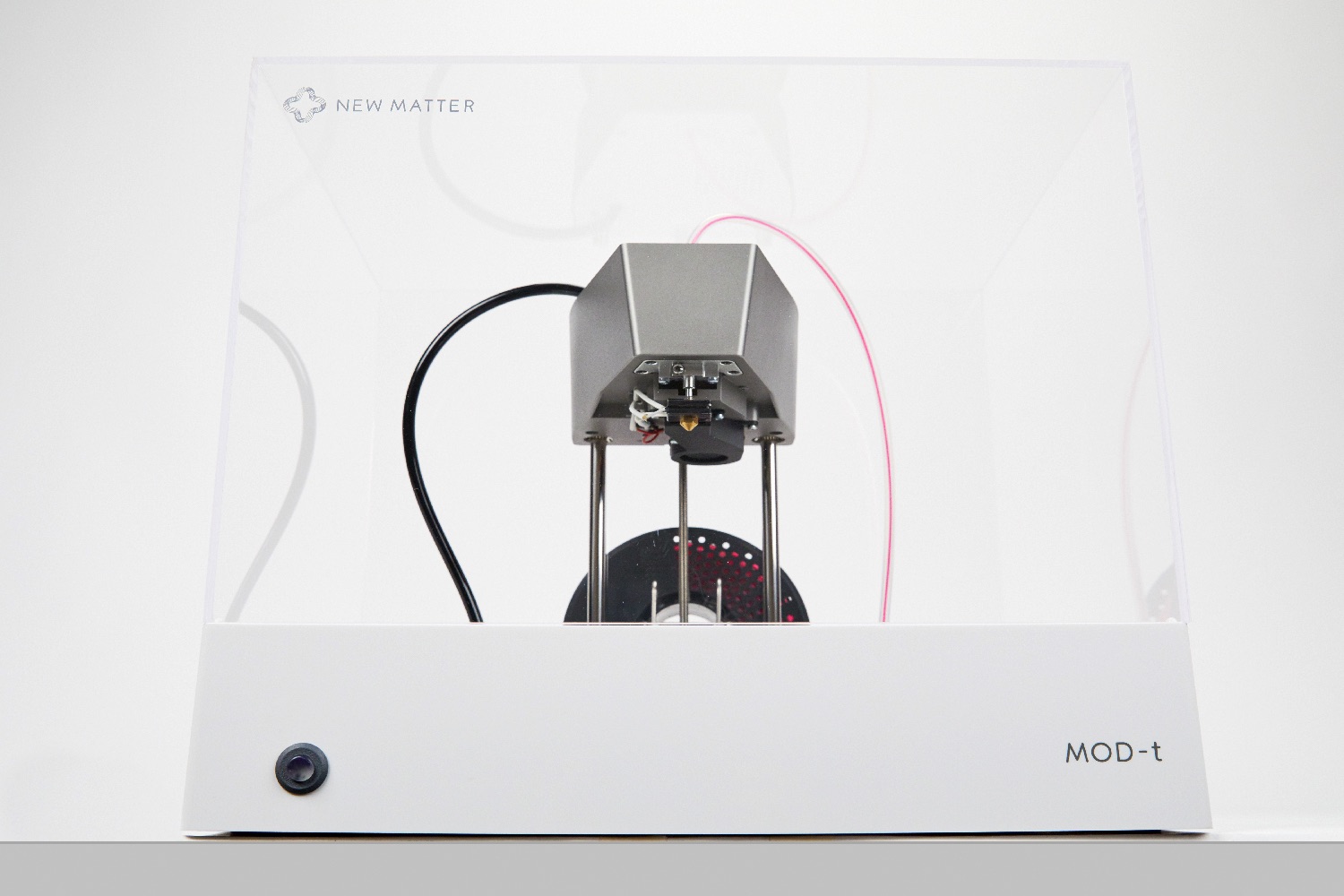Well, jump forward 18 months and New Matter is back for another go-around with a new version of the Mod-T. While it looks very similar in design to its predecessors, it’s packing a few additions and an even lower price, which could finally set it on the path to greatness.
“While 3D printing use-cases vary wildly, making it tricky to satisfy everyone, there were some common themes in the feedback we received on the first generation model which we applied directly in designing the Mod-T, second gen,” New Matter CEO Steve Schell told Digital Trends. “Some of these are more obvious, like the speed improvement, while others are less noticeable, like doubling the Wi-Fi signal strength to improve connectivity, or adding an Ethernet port in case a hardwired network connection is preferred.”
The second-gen Mod-T builds on the positive elements of the original (such as its affordability, design, simplicity, and ease of use) with average print times that are reduced by 30 to45 percent, improvements to print quality, refinement of the user interface, and greater levels of reliability.
If New Matter has nailed all of these improvements, it could be onto a winner in the desktop 3D-printer ranks. That’s certainly something customers seem to be confident of — based on the fact that it has already racked up more than $40,000 of its $100,000 funding goal in its very first day on Kickstarter.
If you want to get your hands on a machine, you can get hold of one for $199, plus shipping. A higher priced bundle, including three spools of PLA filament and three print surface plates, will set you back $299. The second-gen Mod-T is set to make its way to users in May 2018.
